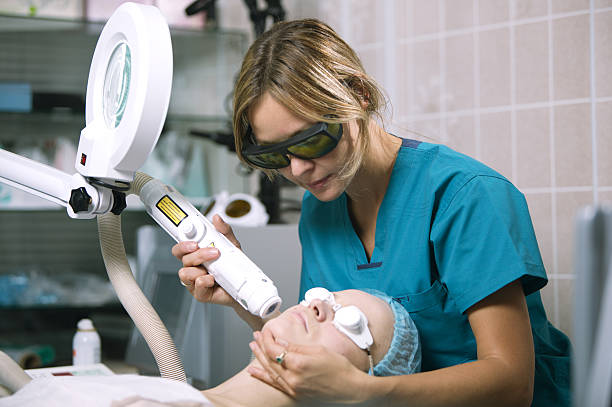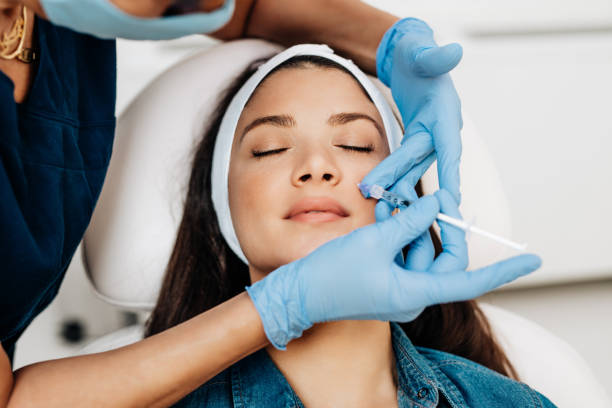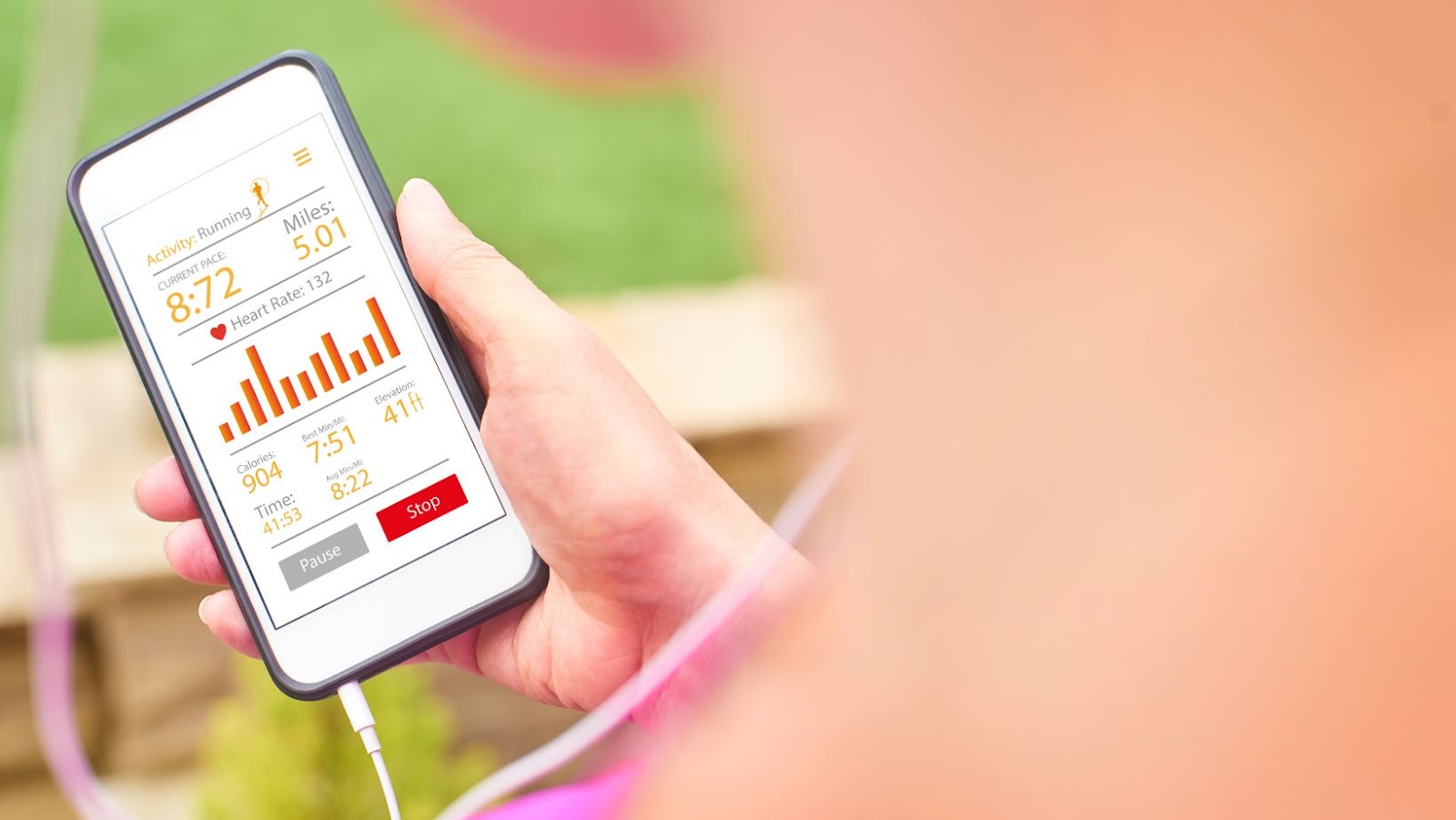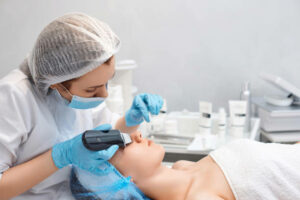
Laser Skin Resurfacing
Laser skin resurfacing is a cosmetic procedure used to enhance the texture, tone, and appearance of skin on the face and elsewhere. The procedure can reduce the appearance of wrinkles, sun spots, discoloration, and other blemishes, leaving skin smoother and younger-looking. However, it’s important to understand how laser skin resurfacing works and how much it costs before making a decision to undergo the procedure.
What is Laser Skin Resurfacing?
Laser skin resurfacing is a popular cosmetic procedure that helps to reduce the signs of aging, sun damage, and skin irregularities. The treatment uses laser technology to remove the outer layers of damaged skin, revealing a smoother, more youthful-looking complexion underneath. How is laser skin resurfacing performed? There are two types of laser skin resurfacing: ablative and non-ablative. Ablative laser resurfacing uses a carbon dioxide (CO2) laser or an erbium laser to vaporize the targeted skin cells, while non-ablative resurfacing uses a less powerful laser to stimulate collagen production in the skin.
During the procedure, the patient’s skin is cleansed, and then a topical anesthetic cream or gel is applied to the treatment area to minimize discomfort. Then, the laser is carefully passed over the skin, vaporizing the targeted cells and stimulating the growth of new skin cells. Laser skin resurfacing typically takes 30-60 minutes and may require multiple sessions for optimal results.
How much does laser skin resurfacing cost? The cost of laser skin resurfacing varies depending on factors like the size and location of the treatment area, the type of laser used, and the expertise of the practitioner. Generally, ablative resurfacing is more expensive than non-ablative resurfacing, with prices ranging from $1,000 to $5,000 per session.
Pro tip: Consult a licensed and experienced practitioner to determine if laser skin resurfacing is the right treatment for you, and get an accurate estimate of the cost based on your individual needs.
Types of Lasers Used For Resurfacing
There are two main types of lasers used for skin resurfacing: ablative and non-ablative lasers. Ablative lasers are more powerful and remove thin layers of skin to promote the growth of new, healthier skin cells. Non-ablative lasers, on the other hand, penetrate the skin without removing any layers and work by heating up the skin’s tissues, which stimulates the production of collagen and elastin.
Laser skin resurfacing is typically performed as an outpatient procedure under local anesthesia. The procedure involves using a laser to remove or reduce the appearance of wrinkles, scars, and other skin irregularities. Recovery time varies depending on the type of laser used and the extent of the procedure.
As for the cost of laser skin resurfacing, it varies depending on factors such as the type of laser used, the extent of the procedure, and the location of the clinic. The average cost ranges from $1,000 to $2,500 per session. However, it is best to consult with a dermatologist or plastic surgeon for a more accurate estimate.
Benefits of Laser Skin Resurfacing
Laser skin resurfacing is a cosmetic procedure that utilizes lasers to improve the appearance of the skin by reducing the appearance of fine lines, scars, and pigmentation irregularities. There are many benefits to laser skin resurfacing, including:
- Improved skin texture and tone
- Reduction in the appearance of wrinkles, fine lines, and age spots
- Increased collagen production, resulting in firmer, smoother-looking skin
- Improved skin clarity and radiance
- Minimal recovery time and minimal side effects
Laser skin resurfacing is performed by directing short, concentrated pulsating beams of light at the skin. The cost of the procedure can vary depending on the size of the area being treated, the type of laser used, and the location of the clinic. On average, the cost of laser skin resurfacing ranges from $1,000 to $3,000 per session. However, it is important to note that the cost can be higher for larger treatment areas or multiple sessions.
Procedure and Techniques
Laser skin resurfacing is a non-invasive procedure used to improve the appearance of skin tone and texture. It helps to reduce wrinkles, fine lines, acne scars, age spots, and other skin blemishes. It can also be used to treat hyperpigmentation and other discoloration. In this section, we will focus on the procedure and techniques used in laser skin resurfacing, as well as how much it might cost.

Pre-Operative Preparation and Evaluation
Pre-operative preparation and evaluation are critical components of laser skin resurfacing, a cosmetic procedure that can improve the appearance of fine lines, wrinkles, acne scars, and other skin imperfections.
Here are some of the pre-operative preparations and evaluations for laser skin resurfacing:
- Consultation: Talk to your dermatologist or cosmetic surgeon to determine if you are a good candidate for laser skin resurfacing. In the consultation, you will discuss your medical history, goals, expectations, and risks associated with the procedure.
- Skin evaluation: Your surgeon will examine your skin to determine the extent of damage, skin type, and the best laser treatment option for your skin.
- Pre-operative instructions: Your surgeon will give you specific instructions on how to prepare for the procedure. You may need to stop taking certain medications, avoid smoking and alcohol, and follow a healthy diet and skincare routine.
- Cost: The cost of laser skin resurfacing varies depending on the type of laser used, the extent of the treatment, and the location of the clinic. Depending on where you live, laser skin resurfacing can cost anywhere from $500 to $5000 per treatment.
Pro Tip: Follow all pre-operative instructions carefully to minimize the risk of complications and achieve optimal results. Be prepared to invest in high-quality skincare products to maintain your new look after the procedure.
Anesthesia and Pain Management
The article is focused on the topic of anesthesia and pain management in laser skin resurfacing procedures, and it does not address the cost of the procedure. However, it is worth mentioning that the cost of laser skin resurfacing can vary depending on factors such as the type of laser used, the area being treated, and the location of the clinic. On average, the cost of laser skin resurfacing can range from $1000 to $5000 per session.
It is important to consult with a reputable dermatologist or plastic surgeon to determine if you are a suitable candidate for the procedure and to discuss the costs and potential risks involved.
Pro Tip: Before considering any cosmetic procedure, make sure to do thorough research on the procedure, the clinic or practitioner, and potential risks and side effects. It is important to prioritize your health and safety above cost.
Procedure Steps and Techniques
Laser skin resurfacing is a popular cosmetic technique that helps to rejuvenate the skin and reduce the appearance of fine lines, wrinkles, and scars. Here are the steps and techniques involved in the procedure:
- Consultation: The first step is to have a consultation with a professional dermatologist to determine if you are a good candidate for laser skin resurfacing. During the consultation, you can discuss the expected cost and any potential risks or complications.
- Preparation: Before the procedure, you will need to avoid certain medications such as blood thinners, and your skin will need to be thoroughly cleaned and prepared.
- Anesthesia: Most doctors will apply a local anesthesia to the area to be treated, although general anesthesia is sometimes used. This helps to reduce any discomfort during the procedure.
- Procedure: The laser is applied to the skin in a controlled manner, removing layers of damaged skin and promoting the growth of new cells. The depth of the treatment, and thus the recovery period, depends on the type of laser used.
- Aftercare: After the procedure, you will need to keep the treated area clean and apply ointment to reduce the risk of infection, scarring, or other complications.
Pro tip: The cost of laser skin resurfacing can vary depending on the type and extent of the treatment needed. It is important to thoroughly research providers and compare prices to find the best value for your budget.
Recovery and Aftercare
After your laser skin resurfacing procedure, you will experience some side effects such as swelling, redness, flaking, and scabbing. Depending on the type of treatment and its intensity, the recovery period can differ from patient to patient. During the recovery period, it is important to follow the aftercare instructions provided by your doctor in order to avoid any potential complications.
Postoperative Care Instructions
The heading and the given keyword don’t seem to align with each other. However, concerning the postoperative care instructions after laser skin resurfacing, here are some essential tips to aid in prompt recovery and desired results:
- Keep the treated area moist by applying the prescribed ointments and petroleum jelly.
- Avoid touching or rubbing the treated area.
- Limit sun exposure, and while going out, wear protective clothing and apply sunscreen with minimum SPF 30.
- Do not pick or scratch any scabs that form over the treated skin.
- Follow the prescribed medication course, such as antibiotics or painkillers, carefully.
Post-operative care is crucial to maintain the newly gained look and reducing the risk of side-effects. Consult with your dermatologist regarding any suggested post-operative procedures and expected cost estimates, which typically depend on the intensity of the treatment area, required medication, and recovery time.
Pro Tip: Discuss any history of allergies or medication before undergoing laser skin resurfacing to avoid unwanted complications.
Schedule of Follow-Up Appointments
After you’ve undergone a laser skin resurfacing procedure, it’s essential to schedule follow-up appointments with your dermatologist to ensure proper healing and long-lasting results.
Here’s a typical schedule of post-treatment appointments:
Week 1: Your doctor will closely monitor your skin’s healing process and may prescribe medication to manage pain and prevent infection.
Week 2-3: You’ll likely return to your doctor for a check-up and to have any scabs or dressings removed.
Week 4-5: Your doctor will check your skin’s progress and recommend the right skincare routine for your post-treatment care.
Month 3: After three months, your doctor will check your skin’s progress and determine if you need further treatment.
The cost of laser skin resurfacing depends on the severity of the skin condition, the areas treated, and the laser type selected. Pro Tip: Consult with a certified dermatologist to determine the right treatment option for your skin and budget.

How Much Does Laser Skin Resurfacing Cost
Laser skin resurfacing is a popular cosmetic procedure that can help reduce wrinkles, blemishes, and scars. However, one of the main questions many people have is how much does laser skin resurfacing cost? While the cost of this procedure can vary depending on the type of laser and the area being treated, it is important to consider the cost and financing available before you make a decision.
Factors Affecting Laser Skin Resurfacing Cost
The cost of laser skin resurfacing can vary depending on multiple factors. The most significant factors are the type of laser used, the experience of the doctor, the extent of the treatment area, and the postoperative care required.
- The type of laser used: The cost of the laser skin resurfacing procedure can vary based on the specific type of laser technology used. Some advanced lasers with new technologies usually cost higher.
- Doctor’s experience: An experienced doctor who has performed many successful laser skin resurfacing procedures will charge more than a less experienced one.
- Extent of treatment area: The cost for laser skin resurfacing treatment largely depends on the size of the treatment area. A smaller area like the under-eye region will cost less than a more significant area like the face and neck.
- Postoperative care: The postoperative care required after laser skin resurfacing can add to the overall cost of the treatment.
The cost of laser skin resurfacing can range from a few thousand to over ten thousand dollars. It is essential to consult with an experienced dermatologist and discuss the best laser technology and financial options available for you.
Average Cost of Laser Skin Resurfacing In Different Countries
Laser skin resurfacing is a cosmetic procedure that uses lasers to improve the skin’s appearance by removing age spots, scars, wrinkles, and other signs of aging. The cost of the procedure varies widely depending on the location of the clinic and the country where the procedure is performed.
According to recent research, the average cost of laser skin resurfacing is:
- USA: $2,330
- UK: £1,510
- Australia: AUD $3,000
- India: INR 40,000
It is important to note that these are only average costs and can vary depending on the individual clinic’s pricing structures and the extent of the treatment required. Some clinics may also offer financing options to make the procedure more affordable for patients.
Financing Options For Laser Skin Resurfacing Procedures
Laser skin resurfacing is a highly effective cosmetic procedure that can improve the appearance of skin texture, reduce the appearance of fine lines and wrinkles, and minimize hyperpigmentation.
The cost of laser skin resurfacing depends on several factors such as the type of laser used, the extensiveness of the treatment, the experience of the practitioner, and the location of the clinic. Typically, laser skin resurfacing costs can range from $2000 to $5000 or more per session.
Financing options such as personal loans, credit cards, and payment plans offered by clinics make it easier for patients to afford the high cost of this procedure. However, it is important to carefully weigh the costs and benefits of the procedure before opting for it. For instance, some insurance coverages may not cover cosmetic treatments like laser skin resurfacing. Hence, it is advisable to consult with a reputable practitioner and explore all financing options available to make an informed decision.










